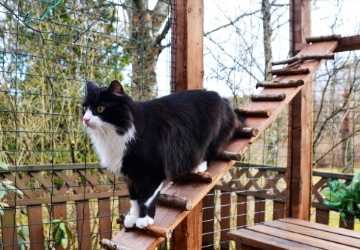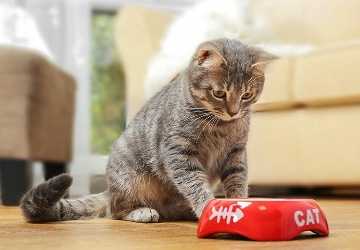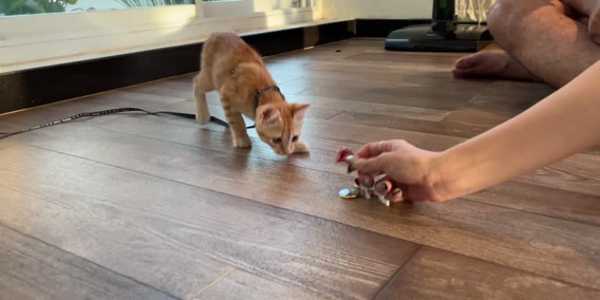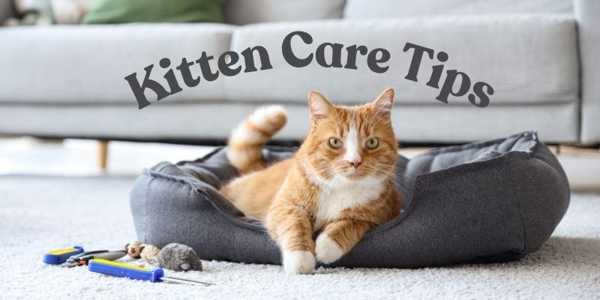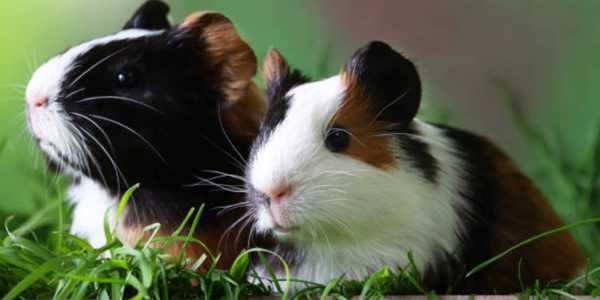Guinea Pigs Vs Hamsters: Which Small Pet Is Right For You
Choosing a small pet can be a big decision. Two popular options are guinea pigs and hamsters. Both are cute, furry, and fun to watch but differ in many ways. This article will help you decide which one best fits you.
What Makes Guinea Pigs And Hamsters Different
Guinea pigs and hamsters are small pets but have different needs and personalities. Here are some key differences:
Size And Appearance
Guinea Pigs are more extensive, usually about 8 to 12 inches long. They have round bodies, short legs, and no tails.
Hamsters: They are much smaller, about 4 to 7 inches long. They have chubby cheeks, short tails, and tiny feet.
Lifespan
Guinea Pigs: They live longer, usually 5 to 7 years.
Hamsters: They have a shorter lifespan, typically 2 to 3 years.
Social Behavior
Guinea Pigs: They are very social and enjoy being around people or other guinea pigs.
Hamsters: They are more independent and often prefer to be alone.
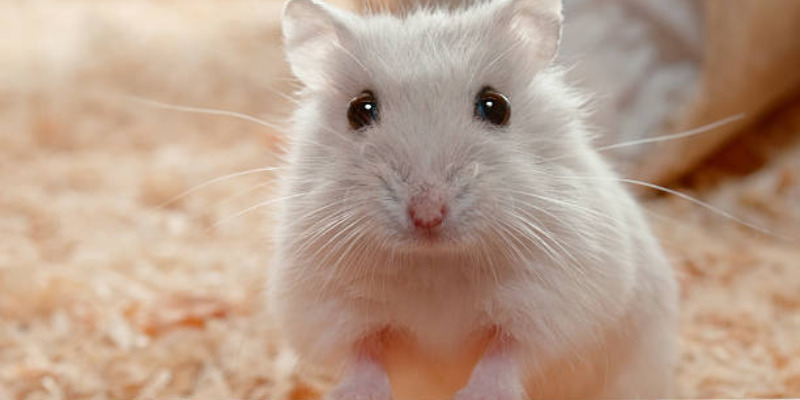
Caring For Guinea Pigs
Guinea pigs are great pets for people with time to spend with them. Here is what you need to know about caring for a guinea pig:
Housing
Guinea pigs need a lot of space. A large cage or pen is best. They also need:
A hiding spot to feel safe.
Bedding made of paper or hay.
Fresh water and food daily.
Diet
Guinea pigs eat a lot of hay, fresh vegetables, and special pellets. They also need vitamin C in foods like bell peppers and oranges.
Playtime
Guinea pigs love to play and explore. They need time outside their cage every day. They enjoy:
Running around in a safe area.
Playing with toys like tunnels and balls.
Being gently held and petted.
Health
Guinea pigs need regular check-ups with a vet. They can get sick if their teeth grow too long or they do not get enough vitamin C.
Caring For Hamsters
Hamsters are easier to care for than guinea pigs but still need attention. Here is what you need to know about caring for a hamster:
Housing
Hamsters need a cage with plenty of space to run and play. Their cage should have the following:
A wheel for exercise.
A small house to sleep in.
Bedding made of paper or wood shavings.
Diet
Hamsters eat a mix of seeds, grains, and pellets. They also enjoy small pieces of fruits and vegetables as treats.
Playtime
Hamsters are active at night. They love to run on their wheel and explore their cage. They also enjoy:
Chewing on wooden toys.
Climbing on small ladders or tubes.
Being held gently, but not for too long.
Health
Hamsters need to see a vet if they stop eating or acting normally. They can get sick if their cage is not clean or if they eat too many sugary treats.
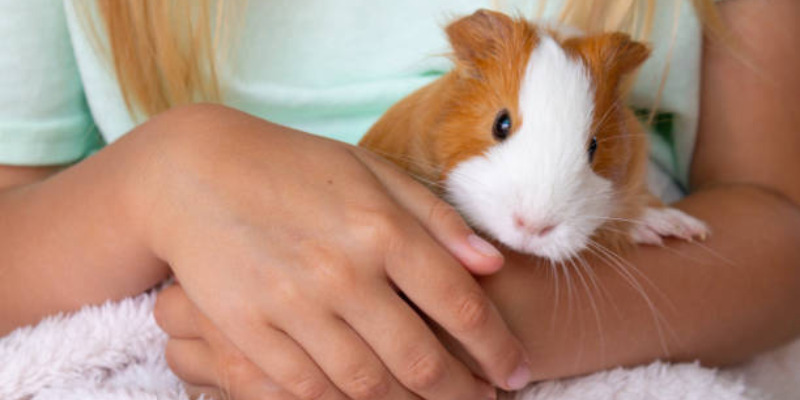
Which Pet Is Better For Kids
Both guinea pigs and hamsters can be good pets for kids, but there are some things to think about.
Guinea Pigs For Kids
They are bigger and easier to handle.
They are social and enjoy being held.
They live longer, so they are a more significant commitment.
Hamsters For Kids
They are smaller and more challenging to hold.
They are more active at night, which might not fit a child’s schedule.
They have a shorter lifespan, which might be easier for some families.
Cost Of Owning a Guinea Pig Vs. a Hamster
Both pets cost money, but guinea pigs are usually more expensive. Here is a breakdown:
Guinea Pig Costs
Cage: $50 to $100.
Food: $20 to $30 per month.
Vet visits: $50 to $100 per year.
Hamster Costs
Cage: $30 to $50.
Food: $10 to $15 per month.
Vet visits: $30 to $50 per year.
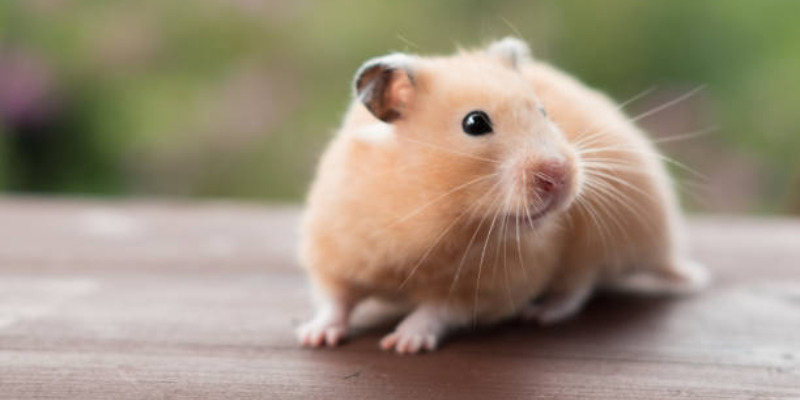
Making The Right Choice
When choosing between a guinea pig and a hamster, think about:
How much time do you have to spend with your pet?
How much space do you have for a cage?
How much money can you spend on food and care?
Whether you want a social pet or a more independent one.
Both guinea pigs and hamsters can bring joy to your home. The best pet for you is the one that fits your lifestyle and makes you happy.
Tips For a Happy Pet
No matter which pet you choose, here are some tips to keep them healthy and happy:
Clean their cage regularly.
Give them fresh food and water every day.
Spend time with them every day.
Take them to the vet if they seem sick.
Following these tips, you can enjoy many happy years with your new small pet.
